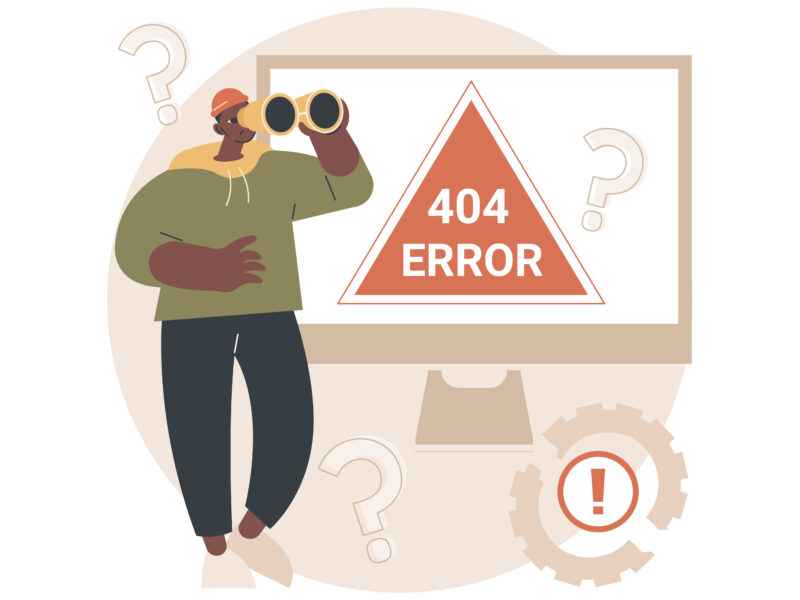SEO Content Writing in 2023: The Ultimate Guide
There are a plethora of things you can do to get higher Google rankings.
But it’s crucial to get your basics down first.
In other terms, if you want to ensure that your site follows SEO best practices, you need to have the foundation.
What are SEO best practices?
SEO best practices are the tasks that are developed to improve your website’s rankings.
Common search engine optimization best practices consist of on-site optimization, researching the keywords, and constructing the backlinks to a site.
Only 63 percent of those who use Google click on a link on the second page of results. This is a simplified flowchart explaining the logic behind why a good SEO ranking is necessary to appear on the first page of Google.
Following SEO best practices, you can easily process to set your best foot forward.
Align your content with your search intent:
Search intent ( user intent) is the main goal behind every search query.
Understanding and satisfying your search intent will be Google’s ultimate priority. Webpages that rank on the first page have passed all the tests of Google based on search intent.
If you are on a mission to get your webpage on the first-page ranking of Google, you need to identify the following 4 search intents first:
- Informational: when someone tries to learn something new.
- Navigational: when someone tries to search for a specific page or website.
- Commercial: when someone tries to look to learn more before making a purchase.
- Transactional: when someone intends to complete an action or purchase.
Write compelling title tags and engaging meta descriptions:
Your page title and meta descriptions are two of the most essential factors that you need to consider for the meta tags on your page.
Title tags:
Title tags are clickable headlines that appear in SERPs (search engine results pages).
Title tags are essential for providing consumers with a concise summary of a result’s content. Furthermore, it answers their questions precisely.
So, it’s very important to write compelling title tags for your web pages.
Generally, it’s wonderful if you keep your title tags between 50 to 60 characters. This way, your words don’t just get cut off on your desktop or mobile SERPs.
The best practices for title tags are below:
- Insert your target keyword
- Match your search intent
- Side duplicate title tags away
- Remove overstuffed keywords
- Keep the content descriptive but precise.
Meta descriptions:
Simply said, a meta description is a meta tag that provides a synopsis of the page’s content.
Meta descriptions generally inform the users with a short, crisp, relatable summary of what a page is all about.
A meta description should ideally contain around 155-160 characters.
A meta description should be accurate, to the point, and straight.
The best practices for your meta description are mentioned below:
- Write an extraordinary meta description for every content.
- Apply action-oriented copy.
- Insert your target keyword.
- Try to match your search intent as much as possible.
Optimize your images:
Images play a very vital role in improving a visitor’s user experience.
Images may help with search engine optimization and increase organic traffic if handled properly.
The four ways to optimize your images are below:
- Choose the best file format for your images. JPEG, WebP, and PNG are preferred formats. All have different compression techniques and provide different images.
- Compress your images through different free tools, such as TinyPNG, ImageOptim, and ShortPixel.
- Offer ALT ( short form of alternative) Text for images that are included in HTML code to describe an image on a webpage. Several alt texts’ best practices are: Keeping it under 125 characters, inserting one main keyword for the context, and excluding words like ‘image of’, ‘picture of’ etc.
- Try to lazy-load your images to reduce initial page load time and system resource usage for a positive performance impact.
Structure your posts:
The content you have prepared for your website posting may be wonderful, but an unorganized, disoriented, inefficient format of the content will eventually lose track among billions of contents of web pages. Break up your content into smaller paragraphs as the attention span of readers has peculiarly reduced in recent years. Small and crisp lines will keep your readers attracted to your post. For the search engine optimizations and back-end organizational key, use proper tagging headlines ( H1 for titles, H2 for subtitles) to maintain a well-structured article.
Propel your content with social media:
One of the most effective ways to have your material shared widely is through social networking. You update your social media and forum profiles after publishing a new article, using interesting post descriptions and a “call to action” to encourage readers to click through to your site. The potential of social media lies in sharing posts; it’s very important to have share buttons for each of your blog posts. If you want to have more power over how your links appear when they are getting shared, implementing Twitter cards or Open Graph for Facebook may provide your shared links a boost and may further help your click-through rates.
Promote natural link-building option:
Link building has come a long way to become an important factor for SEO. Linking your own articles or websites in your post ensures your article gets picked up by another website. Creating great SEO content helps to increase your posts’ shareability, and other websites will opt for going to it. You should aim for quality!
Monitor your activity:
Stay on top of your SEO-friendly content by simply monitoring your hard work and effort put into your SEO content writing. You can opt for Google Analytics for a very easy and free way to track your page views and your average time spent on a page. It’s a sign that your content wasn’t relatable enough to your topic or what they are looking for, or it’s bland, wasn’t interesting, and many more. Also, monitor your social interactions (likes, shares, and comments) to get an idea of the virality of your post. Just checking for the simple metrics can provide an efficient idea of which content pieces are getting well-appreciated and which have been overlooked. This will give you a wonderful idea of your content plan and grow your web page.
Conclusion:
Please come with no more excuses.
If you really want your business to top the webpage, it’s high time you sharpen your skills for your SEO content writing. With constant dedication, consistency, hard work, and willingness to grow, you will eventually see your goals accomplished.
Once your content stands out in the crowd, you won’t have to worry about spending a lot of time reaching out to others for a sale. The people will definitely help you.




